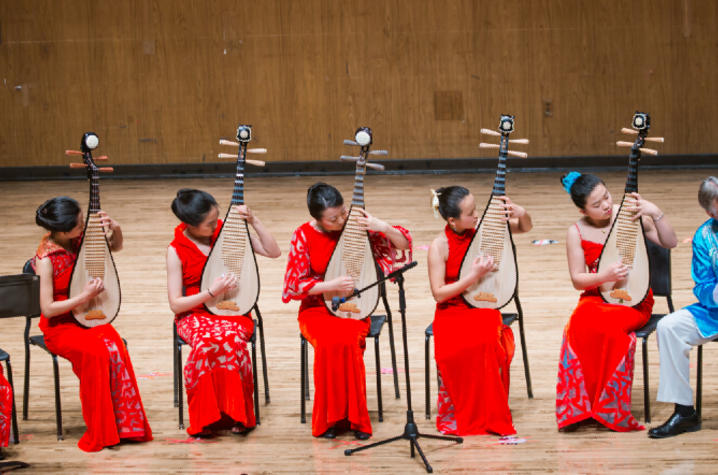
China, a land that boasts a rich and diverse history, boasts countless traditional gems. Chinese traditional culture epitomizes a vast and intricate tapestry formed throughout the ages. Here, we shall explore some of the cornerstones that define this enduring and captivating culture.
A major component of China’s traditional culture concerns the intellectual traditions. Ancient Chinese philosophy established notable traditions, including Legalism, which molded the society profoundly. These ideologies stress ideals including harmony, loyalty to family, and benevolence, all of which continue to bear significance within contemporary Chinese society.
cinnabar bracelet
Another significant facet pertaining to ancient Chinese culture relates to its diverse art forms. The art of China is defined by its distinct concentration on the subject of harmony, as well as the importance placed on calligraphy. Across historic Chinese painting to ceramics, these aesthetic manifestations demonstrate the profound sense in relation to elegance within Chinese traditional culture.
Along with philosophy and art, China’s cultural heritage additionally includes varied customs and also festivals. These diverse festivals, such as the famous Lunar New Year, Moon Festival, as well as Duanwu Festival, serve to reinforce family ties and maintain the nation’s cultural identity. All event is often marked through specific traditions, dishes, as well as artistic displays, reflecting the diverse traditional landscape.
Further, the culture of ancient China also is manifest within its unique architectural designs. From historic temples and common houses, China’s architectural heritage demonstrates a emphasis on harmony, proportion, as well as its relationship to nature. Such architectural approaches stand as a tribute to the nation’s rich heritage history.
To conclude, the culture of ancient China represents an vast and lasting mosaic consisting of ideology, art, traditions, celebrations, and architecture. Such components not merely reflect China’s rich history, but also serve as a significant basis of modern China. By means of acknowledging and maintaining these valuable traditional gems, individuals can potentially attain a better appreciation of the cultural identity, whilst also enriching our international traditional awareness.
Recent Comments